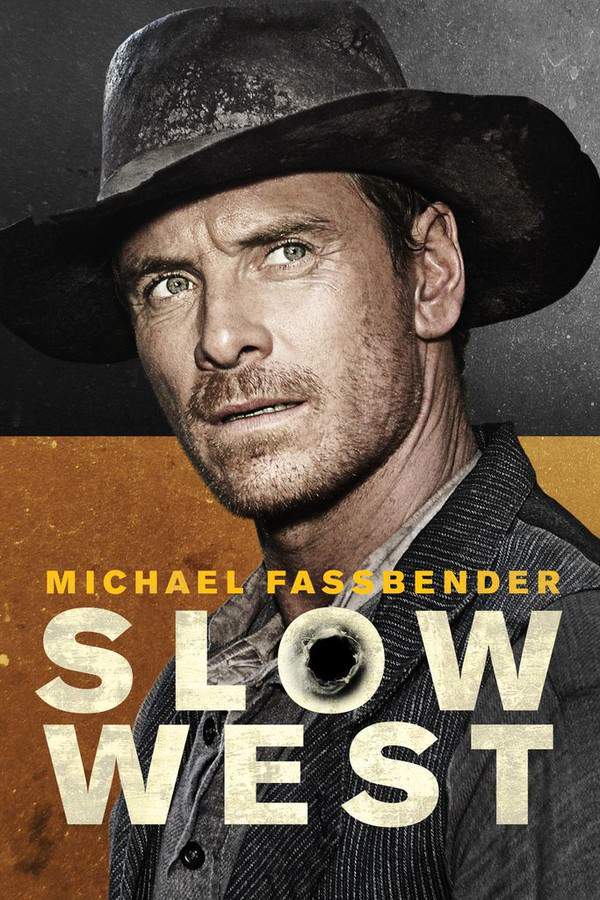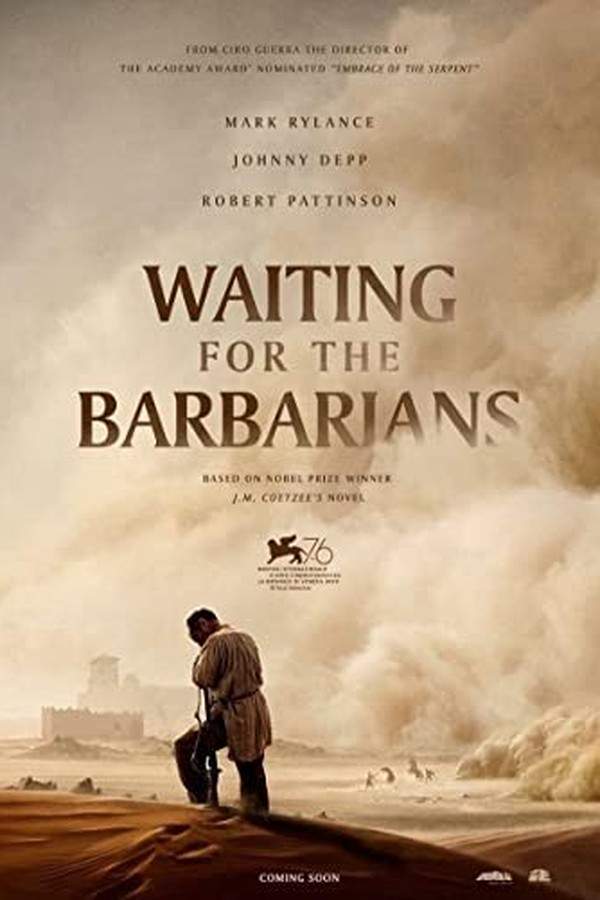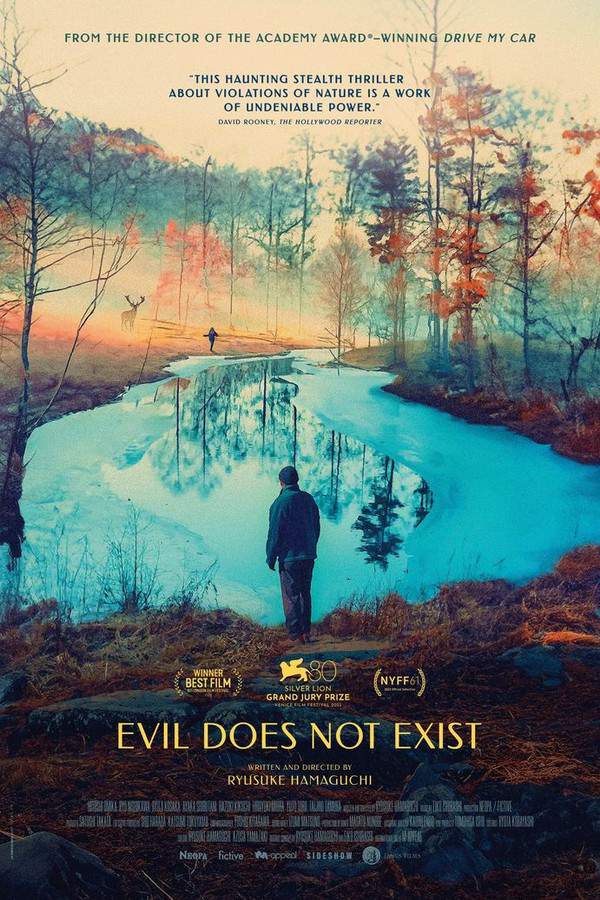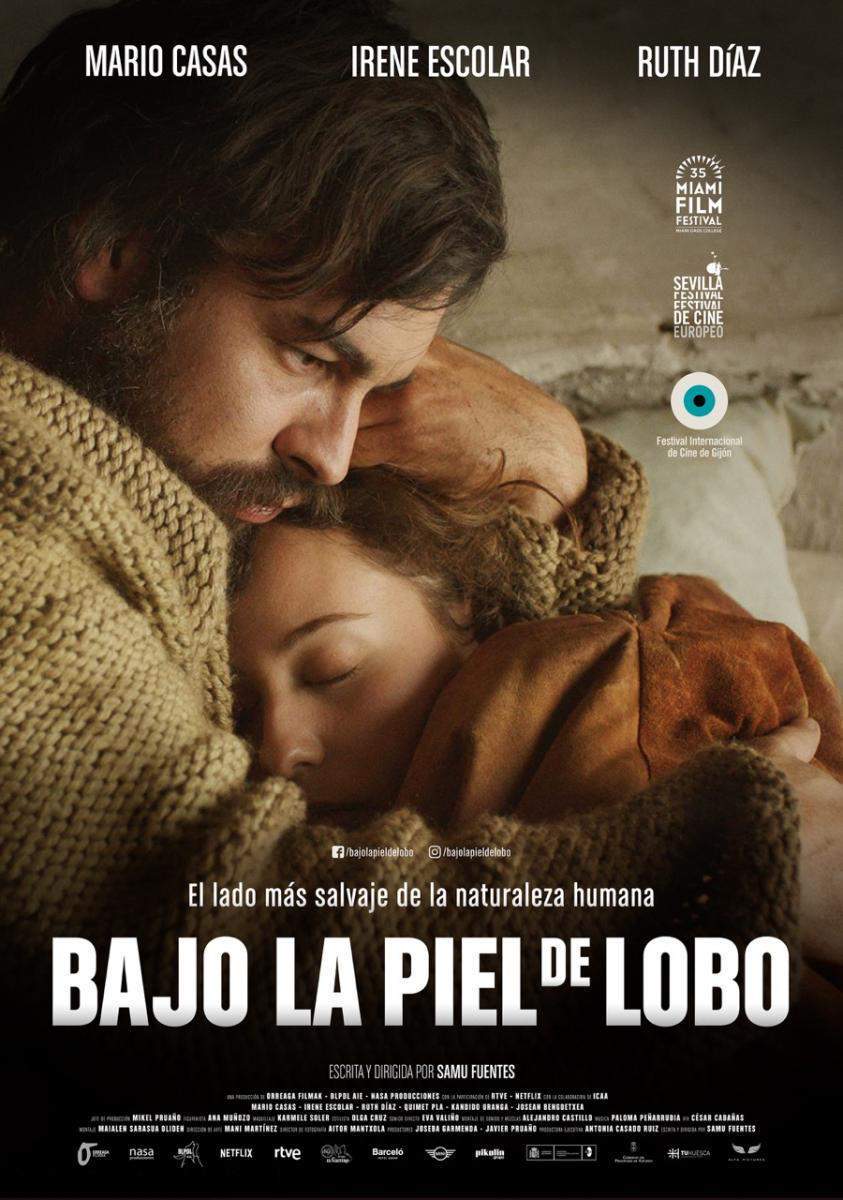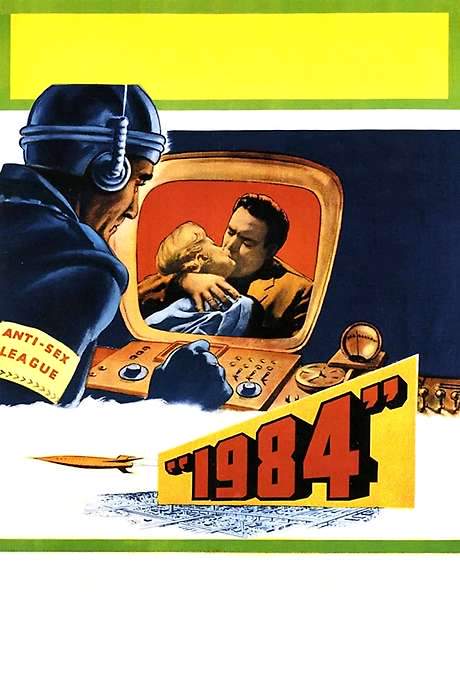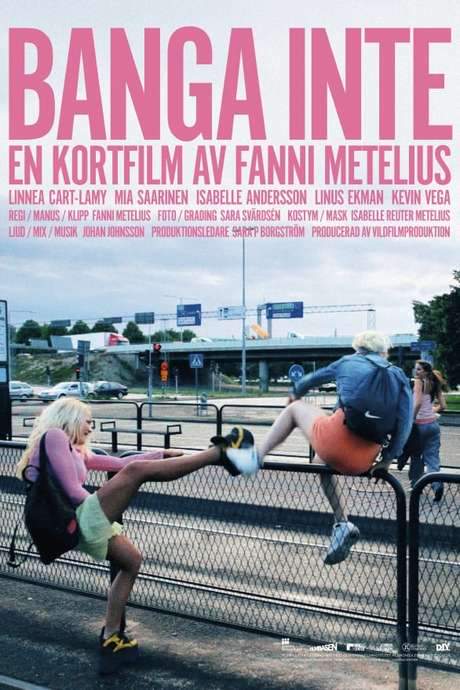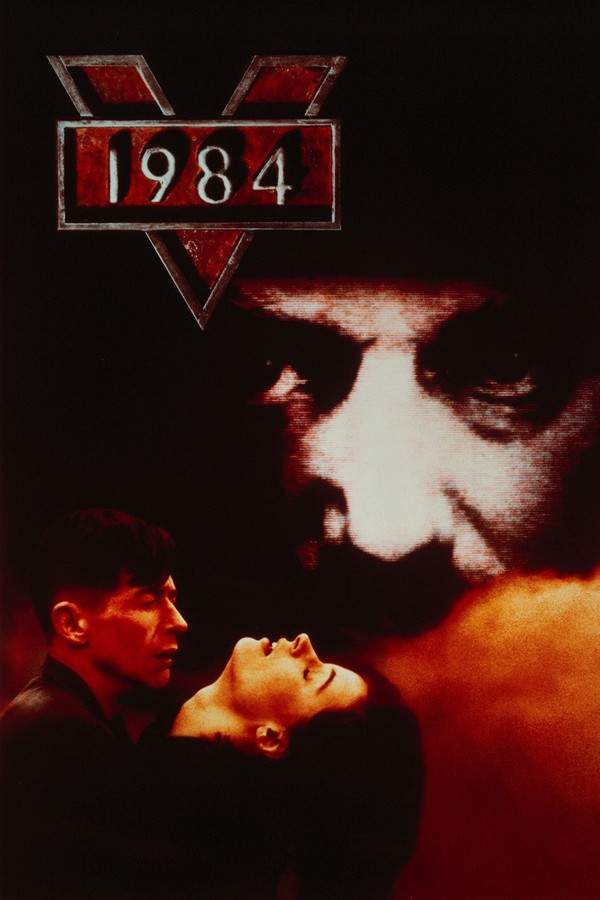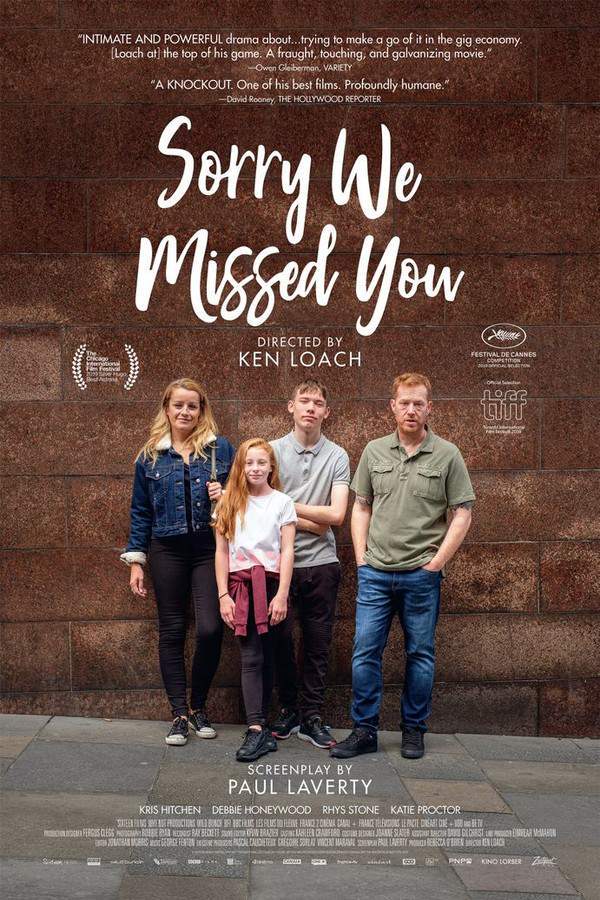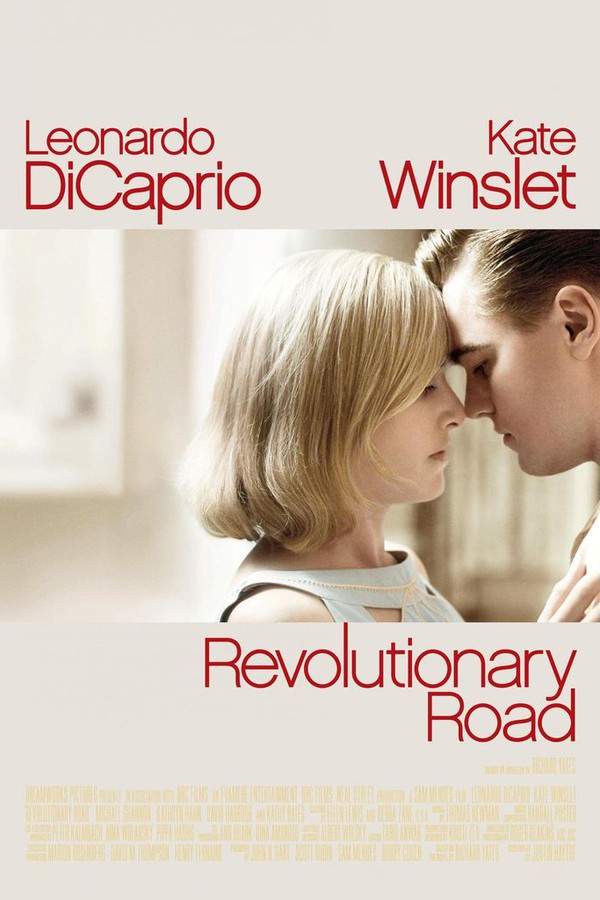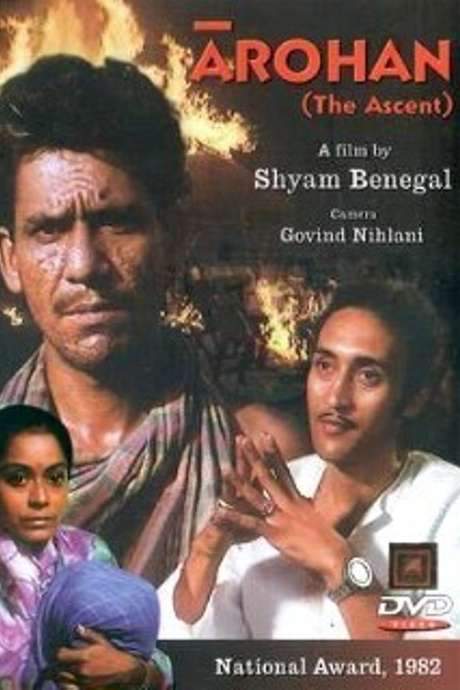
Arohan
Year: 1983
Runtime: 144 mins
Language: Hindi
Director: Shyam Benegal
Hari Mondal (Om Puri) is a destitute farmer in the remote Bengal hamlet of Giripur, Birbhum, living with his wife, two sons, his brother, his widowed aunt Kalidashi (Gita Sen) and her daughter Panchi. Set in the mid‑1960s, the story unfolds as the Naxalbari uprising spreads across Bengal, drawing oppressed peasants into a movement led by young communists advocating a socialist republic.
Warning: spoilers below!
Haven’t seen Arohan yet? This summary contains major spoilers. Bookmark the page, watch the movie, and come back for the full breakdown. If you're ready, scroll on and relive the story!
Arohan (1983) – Full Plot Summary & Ending Explained
Read the complete plot breakdown of Arohan (1983), including all key story events, major twists, and the ending explained in detail. Discover what really happened—and what it all means.
Hari Mondal is a poor farmer living in the remote Bengal village of Giripur in Birbhum district, sharing his modest life with his wife, two sons, his brother, and their old widowed aunt Kalidashi and her daughter Panchi. Set in the mid‑sixties, the story unfolds as the Naxalbari uprising sparks a wave of change across Bengal, uniting oppressed farmers with a new generation of youths who dream of a socialist republic and a fairer voice for the landless.
In this tense landscape, Hari and his brother Bolai till land that belongs to the Jotdars, a powerful landlord class led by Jotdar Bibhutibhushan Ganguly. The young landowner has just lost his father and proposes new rules designed to maximize profit, while his estate agent, Karmakar, keeps the villagers intimidated and compliant. When Hari asks for a loan to support his sister’s marriage, he is pressured to avoid formal Registering Bargadari rights in government offices—a bureaucratic snare that strips farmers of legal protections. Hari remains naïve and swept up in generations of subservience, even as Bolai grows restless at a system that benefits the few at the expense of the many. Bolai and Panchi fall in love, complicating family loyalties amid mounting political tension.
As the communist movement strengthens, Hari finds himself increasingly crushed by the Jotdar’s whims: he becomes a paid laborer on his own land, and Bolai is pushed out of the field altogether. Bolai leaves for Calcutta in search of better work, only to drift into a rough urban life where he becomes entangled with wagon breakers and, eventually, a local political muscle. Panchi and her mother also move to the city with help from strangers who promise opportunities, while Kalidashi takes a low-paying job as a cook in a middle‑class home. Panchi is lured by luxury—cosmetics, silk sarees, and a big bed—an alluring but dangerous escape from rural poverty. A stark moment arrives when the middle‑aged businessman who brought her into this life asks whether she has ever slept on a bed before, underscoring the commodification and precariousness of her new world.
Driven by a sense of justice, Hari persists in his fight. He obtains a court case with help from a sympathetic village master Village Master and a free‑lance lawyer who volunteers his time. The district district magistrate approaches Hari’s case with humanity, but the Jotdar retaliates with force—burning Hari’s house, beating him, and taking the bullocks that sustain his livelihood, leaving the family cornered and vulnerable.
The dispute climbs to the High Court, where the balance of power remains elusive. While the political winds shift with the advent of a leftist government in Bengal, Hari’s case is ultimately decided in favor of the Jotdar. Undeterred, Hari channels his energy into Panchayat politics and defeats Karmakar in the local election, earning the Bargadari certificate that would affirm his rights—but at a heartbreaking price: a broken leg, a shattered home, and the disappearance of his brother Bolai.
Hari’s search for Bolai in Calcutta yields no clear answers about his fate. Bolai has received a life sentence for a political murder, while Panchi’s life in the city spirals into hardship: she is expelled from her flat, discovers she is pregnant, is forced to terminate the pregnancy, and slides into a fragile mental state. Kalidashi dies, likely from heartbreak after seeing her daughter’s downfall and her own sacrifices go unrewarded. Hari himself dies a few months later in 1980, leaving behind a village that has changed through land reform and political transformation but at a heavy personal and familial cost.
The film paints a patient, nuanced portrait of rural life under pressure, where centuries of tenancy and social hierarchy collide with political awakening and reform. It traces a family’s steadfast endurance against oppression, the costs of seeking justice, and the quiet, lasting impact of a struggle for dignity and land—an intimate saga that asks what people sacrifice in the name of rights, and what remains when the dust settles.
Last Updated: October 09, 2025 at 14:49
Explore Movie Threads
Discover curated groups of movies connected by mood, themes, and story style. Browse collections built around emotion, atmosphere, and narrative focus to easily find films that match what you feel like watching right now.
Slow burn rural oppression movies like Arohan
Patient films about the grinding weight of poverty and injustice on rural lives.If you appreciated the patient, somber portrayal of a farmer's struggle in Arohan, you'll find similar movies here. These films focus on the slow grind of social injustice in rural settings, exploring themes of land rights, class struggle, and the heavy personal cost of resistance. Discover more movies like Arohan that capture this specific, gritty vibe.
Narrative Summary
Stories in this thread typically follow a protagonist or community trapped in a cycle of rural poverty and exploitation. The narrative unfolds patiently, focusing on the gradual escalation of tension as characters confront an oppressive system, often leading to devastating personal losses and a bleak realization of their powerlessness.
Why These Movies?
Movies are grouped here for their shared commitment to a slow, immersive pace and a bleak tone that highlights the desperation of rural life. They share a high emotional weight and intensity, derived from themes of social injustice, and create a similarly somber, oppressive mood through their gritty realism.
Bleak political uprising stories similar to Arohan
Stories where political ideals clash with brutal reality, leaving only devastation.Fans of Arohan's depiction of the Naxalbari movement's impact on a family will find more poignant films here. These stories explore the intersection of political idealism and personal sacrifice, often ending in tragedy and despair. Find movies like Arohan that share its bleak outlook on revolutionary struggle and its devastating human cost.
Narrative Summary
The narrative pattern involves ordinary individuals being drawn into a larger political conflict, inspired by ideals of change. However, the movement is met with overwhelming force, and the story charts the protagonist's journey from hope to disillusionment, culminating in the destruction of their family, freedom, or spirit, with no redemptive outcome.
Why These Movies?
These movies are connected by a consistently bleak tone, high intensity derived from political violence and injustice, and a heavy emotional weight centered on sacrifice and defeat. They share a desperate, tense mood and explore the theme of how grand political struggles devastate individual lives.
Unlock the Full Story of Arohan
Don't stop at just watching — explore Arohan in full detail. From the complete plot summary and scene-by-scene timeline to character breakdowns, thematic analysis, and a deep dive into the ending — every page helps you truly understand what Arohan is all about. Plus, discover what's next after the movie.
Arohan Timeline
Track the full timeline of Arohan with every major event arranged chronologically. Perfect for decoding non-linear storytelling, flashbacks, or parallel narratives with a clear scene-by-scene breakdown.

Characters, Settings & Themes in Arohan
Discover the characters, locations, and core themes that shape Arohan. Get insights into symbolic elements, setting significance, and deeper narrative meaning — ideal for thematic analysis and movie breakdowns.

More About Arohan
Visit What's After the Movie to explore more about Arohan: box office results, cast and crew info, production details, post-credit scenes, and external links — all in one place for movie fans and researchers.



